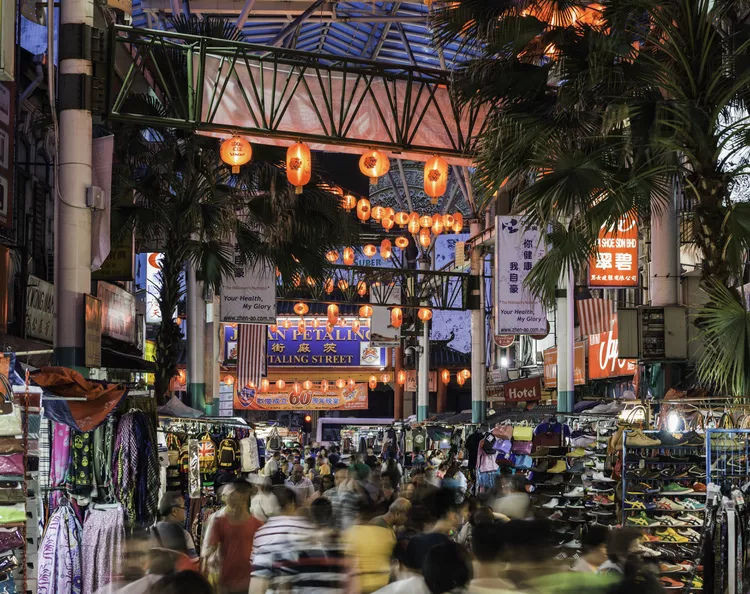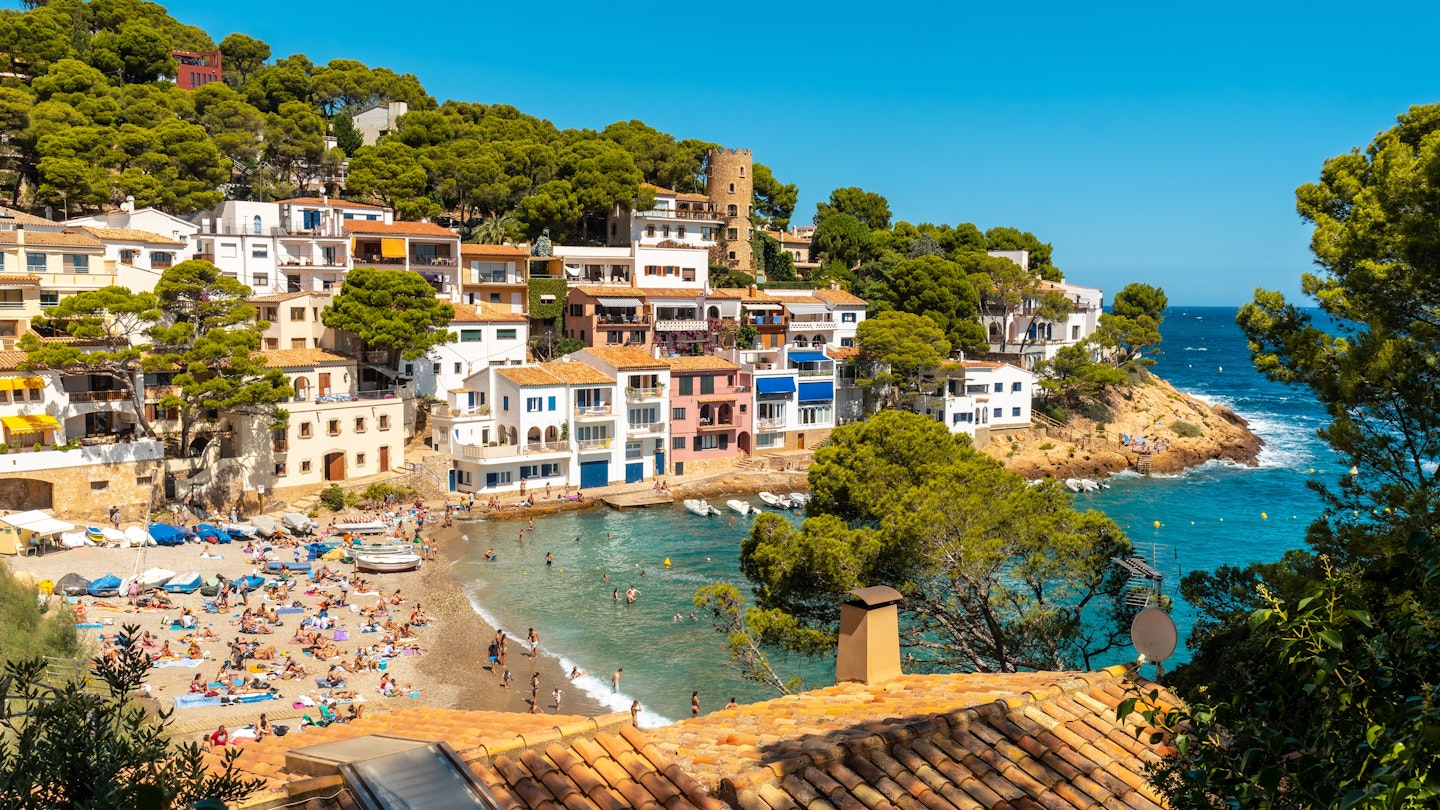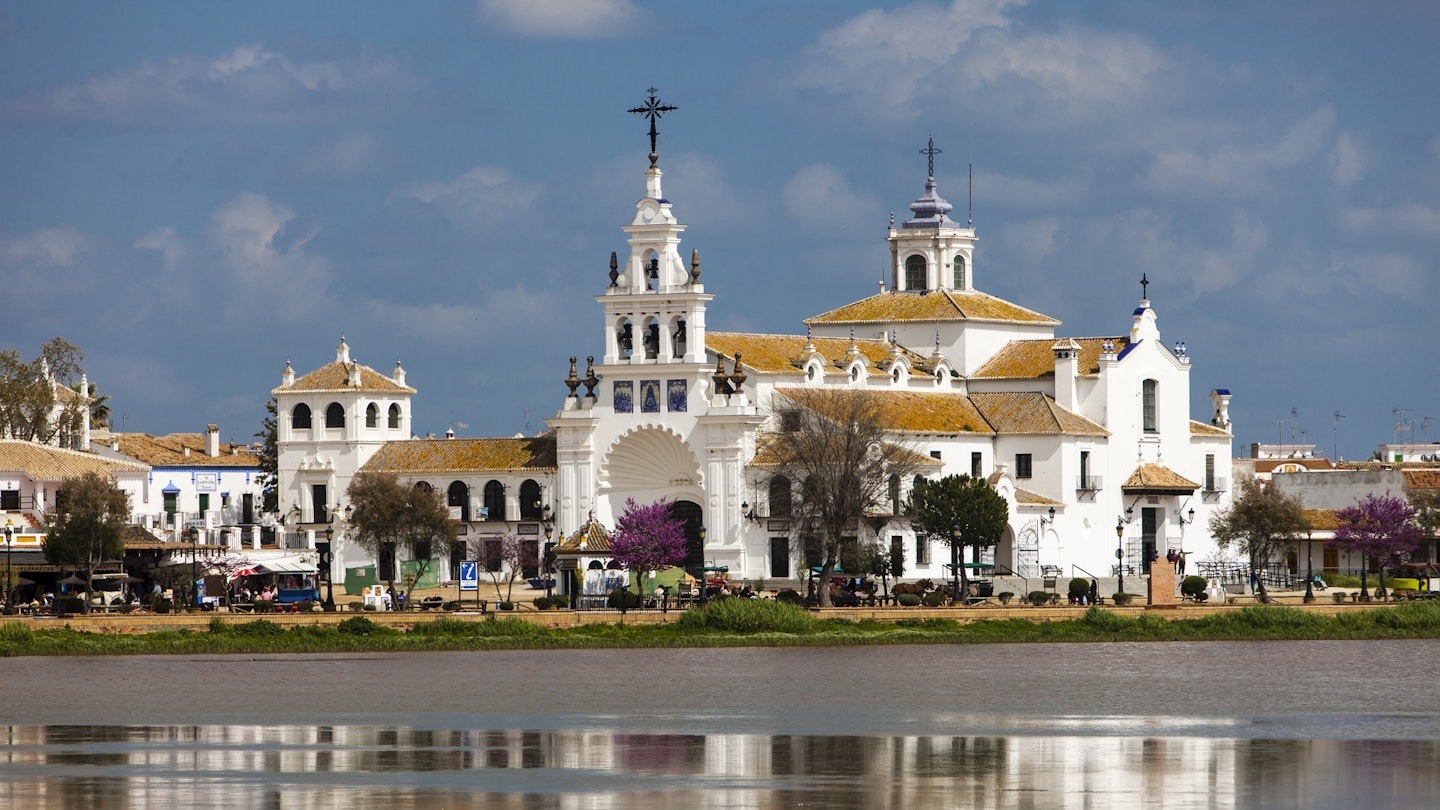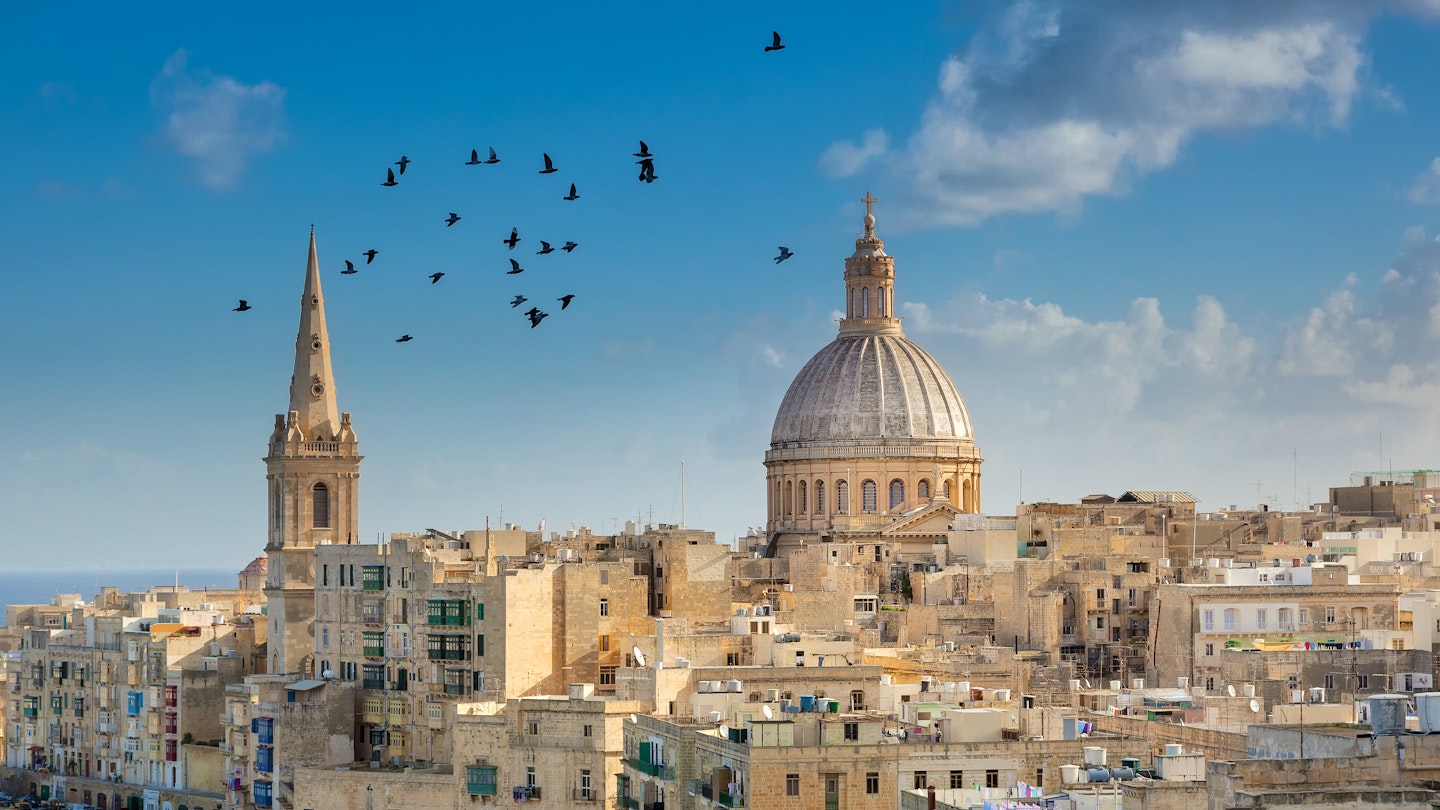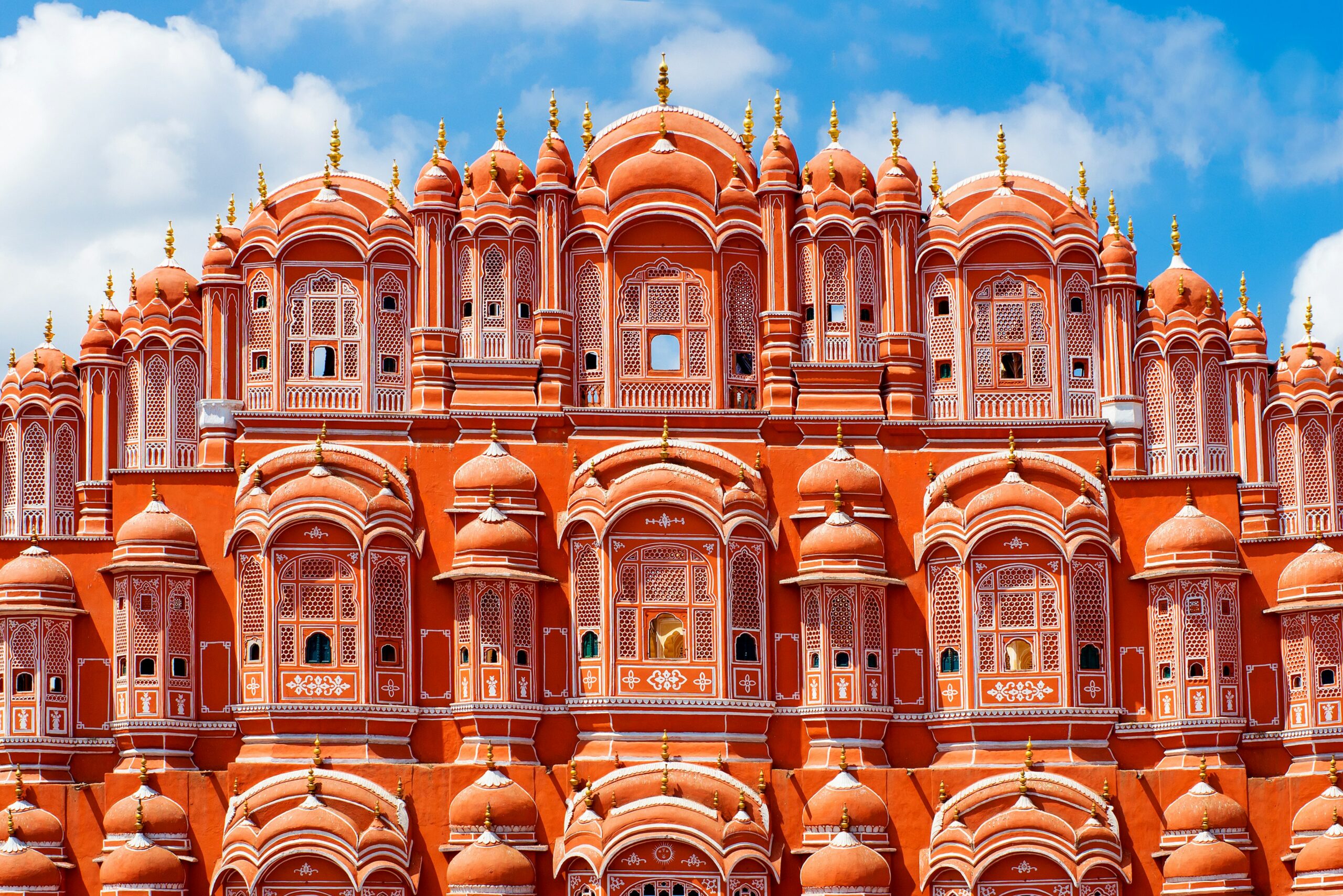Essential Information for First-Time Visitors to KL
Kuala Lumpur, more affectionately referred to as KL, is Malaysia’s metropolitan capital. Travelers in Kuala Lumpur get treated to a unique mix of Malay, Chinese, and Indian culture. KL is the kind of place where you can enjoy a delicious bowl of authentic Chinese noodles then walk into a Hindu temple across the street.
The many residents from all over the world also bring samples of their cultures to the mix, creating a vibe different from that in many other Southeast Asian cities.
1. Places to See in Kuala Lumpur
Kuala Lumpur is a sprawl. However, the part most tourists know as Kuala Lumpur is actually comprised of a handful of unique neighborhoods. Each has its own reasons you should visit.
You can walk between most neighborhoods, take one of the Hop-On-Hop-Off buses, or make use of the extensive train network.
2. Chinatown KL
Kuala Lumpur’s busy Chinatown is the hub for travelers who are looking for inexpensive food, shopping, and accommodation. Centrally located, Chinatown KL is within easy walking distance of the Central Market and the Perdana Lake Gardens. Its close proximity to the refurbished Pudu Sentral (formerly Puduraya Bus Station) allows quick access to long-haul buses to destinations farther afield in Malaysia.
Busy Petaling Street is jam-packed with a night market, food stalls, and revelers drinking beer at tables along the street. Although shopping stalls abound, don’t expect to score good deals on the many fake goods unless you haggle hard.
3. Bukit Bintang
Not as “rough and tumble” as Chinatown, Bukit Bintang is Kuala Lumpur’s main strip for strolling. Ultramodern shopping malls, technology plazas, restaurants, and nightclubs are squeezed wherever they can fit.
Moreover, hotels in Bukit Bintang are priced slightly higher due in part to the convenience and location. Jalan Alor, parallel to Bukit Bintang, is a frenetically popular place for trying all types of street food in Kuala Lumpur.
Bukit Bintang can be reached via a 20-minute walk from Chinatown or by taking the monorail.
4. Kuala Lumpur City Centre
KLCC, short for Kuala Lumpur City Centre, is dominated by the Petronas Twin Towers — once the tallest buildings in the world until Taipei 101 beat them for the title in 2004. The glowing towers are an impressive sight and have become deeply symbolic of Malaysia’s progress and accomplishments.
Visitors are allowed to visit the connecting sky bridge on the 41st and 42nd floors for a view of the city. Tickets to walk the bridge are on a first come, first serve basis with a daily limit. Consequently, people usually have to queue early in the morning for any hope of crossing the sky bridge. The massive, upscale shopping mall at the bottom of the towers provides lots of distractions while waiting your turn on the bridge.
KLCC also includes the convention center, a public park, and Aquaria KLCC — a 60,000-square-foot aquarium boasting over 20,000 land and aquatic animals.
5. Little India
Also known as the Brickyards, Little India is just south of the city center. Bollywood music pours from speakers facing the street as the sweet smells of spicy curry and burning water pipes fill the air. Jalan Tun Sambanthan, the main road through Little India, makes for an interesting walk. Shops, vendors, and restaurants compete for your business and attention.
Try delicious Malaysian Indian food or eating in a “banana leaf” curry house, then relax with a traditionally poured teh tarik drink.
6. The Golden Triangle
The Golden Triangle is the informal name given to the area in Kuala Lumpur containing KLCC, the Petronas Twin Towers, the Menara KL Tower, Bukit Nanas Forest, and Bukit Bintang.
7. Menara KL
The Menara KL, or KL Tower, conspicuously rises to 1,381 feet and is the fourth-tallest telecommunication tower in the world. Visitors to the observation deck at 905 feet get an even better view of Kuala Lumpur than that offered from the Petronas Towers Sky Bridge.
Alternatively, visitors can eat in the revolving restaurant located one floor above the observation deck or visit the lower platform where a handful of shops and cafes are located for free.
8. Bukit Nanas Forest
The Menara KL tower actually stands on a fenced-in forest reserve known as Bukit Nanas. This green plot is quiet, free to visit, and a quick way to escape the concrete and congestion just outside of the tower. Bukit Nanas has picnic areas, a few resident monkeys, and well-done walks with labeled flora.
To enter the forest, go left at the lower entrance to the Menara KL tower. Bukit Nanas also has stairs which lead down the hill to the streets below, making it possible to leave the tower area without backtracking.
9. Perdana Lake Gardens
The Perdana Lake Gardens offer a green, well-manicured escape from the crowds, exhaust, and frenetic activity so typical of capital cities in Asia. A planetarium, deer park, bird park, butterfly park, and various gardens all provide enjoyable experiences for kids and adults alike.
The Perdana Lake Gardens are located in the colonial district, not far from Chinatown.
10. The Batu Caves
Although technically eight miles north of Kuala Lumpur, thousands of visitors a day make the trip to see this sacred and ancient Hindu site. A large troop of macaque monkeys will keep you entertained as you climb the 272 steps leading to the caverns.
11. Food in Kuala Lumpur
With such a fusion of Chinese, Indian, and Malaysian culture, it’s no surprise that you’ll be thinking about the food in Kuala Lumpur long after you leave! From hole-in-the-wall family eateries and mamak stalls to massive food courts and fine dining, the food in Kuala Lumpur is inexpensive and delightful.
12. Nightlife
Unlike the nightlife in Bangkok, Kuala Lumpur doesn’t offer many options for an inexpensive night out. Clubs and lounges often match or exceed European prices. While you’ll find plenty of places scattered around Chinatown and other areas to sit with a beer at a folding table, the heart of Kuala Lumpur’s nightlife scene is found inside the Golden Triangle.
Jalan P Ramlee is the most famous party street, with clubs playing a wide variety of music. Meanwhile, Changat Bukit Bintang has a strip of bars, lounges, and eateries that attract an expat crowd and business travelers for happy hour. The Heli Lounge Bar (known as “the Helipad”) is particularly social in the evenings when the actual landing pad turns into a rooftop bar with a view.
Backpackers and budget travelers often frequent the Reggae Bar on Jalan Tun H. S. Lee in Chinatown. This venue features outdoor seating, water pipes, a dance floor, and televisions for sports, making it extremely popular on weekends.
13. Getting Around Kuala Lumpur
Although you’ll find no shortage of taxis in the city, dealing with them can be a hassle. Most points around Kuala Lumpur can be reached by walking or by using one of the rail systems (including a monorail).
14. Weather in Kuala Lumpur
Kuala Lumpur remains relatively hot, wet, and humid throughout the year. June, July, and August are the driest months and the peak of good weather. Rainfall can be especially heavy in March, April, and the Fall months.
Pop-up thunderstorms with heavy rain occur throughout the year in Kuala Lumpur, even during the dry season. Therefore, be prepared to run for cover and waterproof your money/passport!
